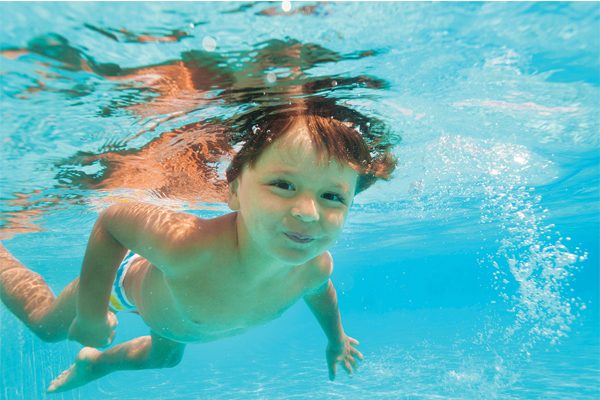
Health in the Hills
Many area pools, as well as water parks like the Splash Pad at The Cascades opened Memorial Day weekend. Swimming is a fun way to stay active and cool during the summer months, but it can also contribute to a variety of public health concerns.
It may be gross to think about, but a pool is pretty much a community bathtub. All of the microbes living on your skin, and even some from inside your body, end up in the water. Common germs found in pools include E. coli, Salmonella, norovirus, and parasites. Disinfectant chemicals like chlorine are added to kill the bugs and keep swimmers healthy, but even in properly treated and maintained pools, it can take a minute, and hour, or even a week for certain pathogens to die.
So how can you help keep pools clean and yourself healthy?
- Always shower before swimming. Rinsing for just one minute gets rid of most of the sweat and dirt on the body that contaminate the water.
- Never pee in the pool. Don’t swim or allow children to swim while experiencing diarrhea. Always put babies and toddlers in swim diapers, and take young children for frequent bathroom breaks. When chlorine combines with urine and feces, unwanted chemical compounds are produced (including irritants that can cause itchy eyes and rashes) and there is less of the free chemical in the water to neutralize germs.
- Don’t swim while you have an open cut or sore unless it’s completely covered by a waterproof bandage. Normal band-aids do not prevent blood from entering the water.
- Don’t spit or swallow pool water. Contact with saliva contaminates the water and just one mouthful of water containing diarrheal pathogens can make you ill for up to 3 weeks.
- Ask for the most recent inspection records at public pools, or perform your own inspection to check water quality before getting in. Most hardware stores sell test strips which measure the disinfectant level and pH. Acceptable results include a pH of 7.2-7.8 and a free chlorine concentration of at least 1 ppm.




